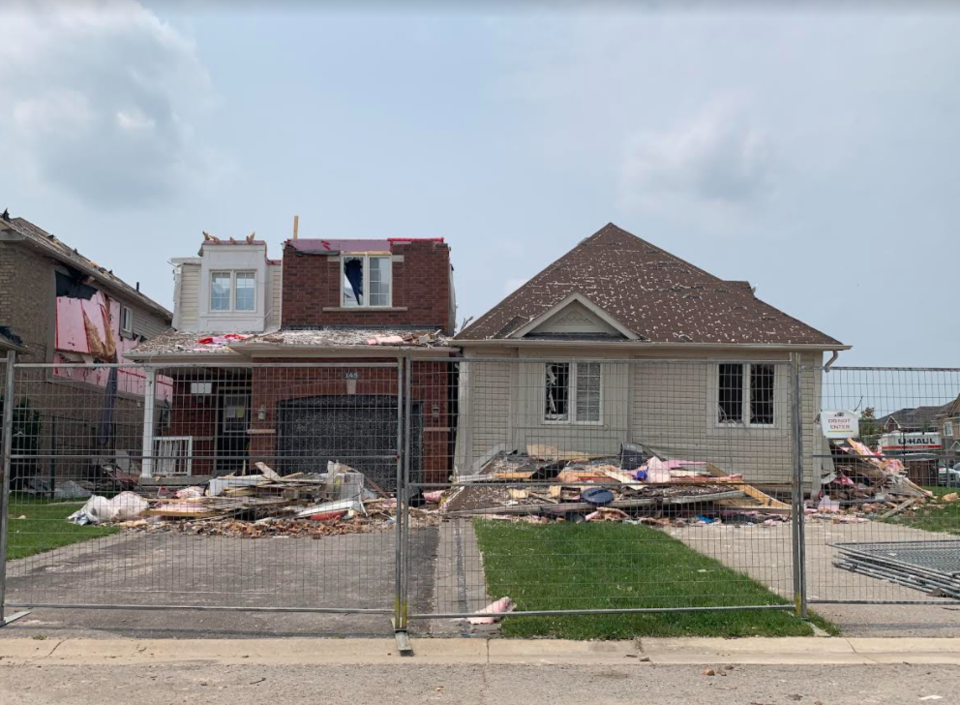Better fastened homes could all but eliminate the damage caused by storms such as last summer’s Barrie tornado, the City of Barrie's chief building official says.
And Michael Janotta has sent a detailed report to the Ontario government with these conclusions.
Janotta says that during the past nine months he has researched information about tornadoes, looked at the specific damage in Barrie, reviewed the current Ontario Building Code (OBC) provisions and met with industry experts to determine if and how such devastation could be reduced or possibly eliminated.
“The results of that work suggest that it is quite likely that most of the structural damage, which occurred because of the EF2 tornado, can be significantly reduced or eliminated,” he said in a letter to Mansoor Mahmood, director of the building and development branch of the Ministry of Municipal Affairs and Housing.
These measures would necessitate some upgrading of existing construction standards in the OBC, the report says, but the changes required are not as significant as one might think.
Specifically, paying attention to connection details would significantly reduce repair costs, disruption to life and potential loss of life for homeowners affected by such events.
This would involve designing and building houses to better resist high and uplifting winds, better anchoring of roof overhangs and canopies, using anchor bolts near a building’s corners and hurricane clips, truss screws and straight metal straps being used.
Hurricane strapping or clips connect and strengthen wood-framed roofs and houses, with the most common ones made of galvanized or stainless steel. They are designed to help protect structures from severe weather, but the OBC does not mandate them.
Most houses are built with no specific consideration of wind loading, say city building staff. There are no predetermined load paths identified in this type of construction to deal with lateral loads and uplift loads, which are both caused by the effects of wind loading.
Coun. Natalie Harris, who has championed the use of hurricane clips, says she will be watching the next steps.
“I am very happy with the report and look forward to seeing how the province receives it,” said Harris, who rode out the tornado in a house which lost its roof.
The July 15, 2021 EF2 tornado touched down in southeast Barrie, with maximum wind speeds reaching 210 kilometres per hour, damaging hundreds of homes and some small businesses in the Mapleview Drive East/Prince William Way area. It compromised the structural integrity of buildings; some of them lost their roofs.
The tornado resulted in 71 unsafe house orders and seven demolition permits issued, Janotta said. The damage to affected homes was about $100 million, he added.
“The tornado provided an opportunity to see the weaknesses in how houses are currently built,” Janotta said. “The tornado dismantled the homes to varying degrees. What was left provides insight into how things can improve.”
Earlier this month, city council approved a motion that proposes the province change the OBC to require the use of hurricane clips or other mechanisms to better connect the roof, wall and foundation of homes. This was estimated to cost $100 to $500 per home.
More stringent building requirements cannot be legally enforced until modifications are made to the OBC to mandate different construction techniques.
Barrie city council does not have the authority to change the OBC, which defines minimum construction standards for this province. The OBC is created and must be amended by the province, but council can ask for changes.



